
Sam Estreicher is the Dwight D. Opperman Professor of Public Law at NYU School of Law, where he directs the Center for Labor and Employment Law. He served as chief reporter of the Restatement of Employment Law (2015).

Roger King is a former partner with Jones Day law firm and the Senior Labor and Employment counsel for the HR Policy Association.

David Sherwyn is the John and Melissa Ceriale Professor of Hospitality Human Resources and a professor of law at Cornell Peter and Stephanie Nolan School of Hotel Administration.
The future of the National Labor Relations Board (NLRB or Board), the venerable agency that since 1935 has been the exclusive investigation, enforcement, and adjudicatory body under the National Labor Relations Act (NLRA or Act), is in doubt. As of this writing, it seems likely, that perhaps sometime in fall 2025 or spring 2026, the Supreme Court will overrule or substantially narrow Humphrey’s Executor v. United States (1935). There will be some consternation over imperiling the structure of the Federal Reserve Board, which like the NLRB is a multimember agency whose members are insulated from at-will presidential removal before the end of their terms. The Court will, we suspect, find some way to distinguish the Federal Reserve Board, whether persuasively or not.
One of us (Estreicher) is usually loathe to make short-term predictions, but this one is likely to hold true. We base this on the Court’s order or decision in Trump v. Wilcox, No. A24A966 (May 22, 2025), staying a lower court ruling requiring the reinstatement of a member of the NLRB and a member of the Merit Systems Protection Board (MSPB), a multimember body that handles federal employee disputes. The Court explained that “[t]he stay reflects our judgment that the Government is likely to show that both the NLRB and the MSPB exercise considerable executive power.” The Court did aver that it was not deciding at this stage whether either agency falls within a “recognized exception” from unrestricted presidential removal authority under Seila Law, LLC v. Consumer Financial Protection Bureau (2020), and Free Enterprise Fund v. Public Company Accounting Oversight Board (PCAOB) (2009).
Both Seila Law and PCAOB these decisions can be narrowly read — the former involved a single-head “independent” agency with removal protections, and the latter involved removal protections for a new agency with substantial authority over public company accounting rules and policies supervised by another agency presumed to have similar protections from removal (this multilevel insulation from removal would also be true of Board members and administrative law judges (ALJs), although ALJs do not exercise substantial executive authority). But Chief Justice Roberts’ opinion for the Court in both cases recognized only two limited exceptions to the untrammeled authority of the President under the Article II of the Constitution to remove without “cause” executive officers of the United States. The one exception relevant to the NLRB was for multimember agencies that did not exercise “substantial executive authority.”
It is possible the Court might when deciding the merits limit the impact of its ruling by severing from both agencies their law enforcement, as opposed to adjudicatory, powers — in the Board’s case, its authority to issue regulations, to approve applications to seek Section 10(j) injunctions in court, and to supervise the regional offices in representation cases. The Board has generally delegated these powers to the agency’s General Counsel, now an official removable at-will by the President. Perhaps, in this manner, the NLRB can survive a post-Humphrey’s world.
While hoping for such as outcome, the more likely course would be to encourage Congress to reconstruct the NLRB as a purely adjudicatory along the lines suggested in Samuel Estreicher, G. Roger King & David S. Sherwyn, Labor Board Needs Restructuring, Not Destruction, The Regulatory Review, May 27, 2025.
Our proposal, to take effect only after the next presidential election, envisions a six-member purely adjudicatory agency — we call it a Labor Court. The President would appoint the six members of the Court with the Senate’s consent for six-year terms on a staggered basis. The law would make clear that the Court would be comprised of two Democrats, two Republicans, and two Independents defined as individuals who have not represented labor or management interests for the previous six years and who otherwise exhibit a reputation for fair-minded, non-ideological professionalism. A new President might try to stack the deck with his supporters, but the hope is that the specification of criteria for appointment of the Independent members would empower the Senators to exercise a necessary check. Any decision of the Court overruling NLRB precedent would require four votes — to curb the constant policy oscillation with each new administration that bedevils the current agency, impairs predictability for labor and management alike, and undermine the agency’s credibility with reviewing courts. The Labor Court would hear appeals from rulings of ALJs in unfair practice cases and from Regional Director orders in representation cases. Regional Directors would be appointed by and supervised by the General Counsel. The Court would sit in three-judge panels but any member of Court could call for full-bench consideration of the dispute.
The General Counsel would be given the authority to seek applications for injunctive relief after an expedited ALJ hearing so that these petitions are not based entirely on affidavits from one side to the dispute, a practice which undermines their credibility (especially critical after the Court’s decision in Starbucks v. McKinney (2024)). The Labor Court would be shorn of any rulemaking authority or any supervisory authority over the Regional Directors, which in the history of the agency it has rarely exercised.
The Labor Court would not have the authority to initiate court actions of any kind. Appeals from the Court’s rulings could be brought by “aggrieved parties” in the federal courts of appeals under existing venue rules. A Solicitor, appointed by the Court, could intervene in those actions to defend the Court’s decision. Enforcement of the Labor Court’s decisions would be handled by the federal courts of appeals. If the Labor Court fails to render a decision within one year of the filing of a case, either party could bypass the Labor Court and go straight to a federal district court where the underlying events occurred.
The members of the Court would sit for six-year staggered terms removable by the President before expiration of their term only for “cause,” as under the current statute. They would continue to sit beyond expiration of their term until appointed (or reappointed) by the President with Senate approval. Two seats would expires March 1 of every odd year. The new President could appoint two members after Inauguration and two additional members in March after the mid-term elections.
This proposal offers a decent chance of survival after the fall of Humphrey’s Executor. It derives support from Weiner v. United States (1958), where a unanimous Court held that members of a War Claims Commission, established by Congress to resolve claims of internees, prisoners of war and religious organizations who suffered personal injury or property damage at the hands of the enemy in connection with World War II, could not conscientiously discharge their adjudicatory duties under a threat of at-will removal by the President. As Justice Frankfurter for the Court observed: there is a “sharp differentiation” in functions “between those who are part of the Executive establishment and those whose tasks require absolute freedom from Executive interference.”
Despite the Court’s reliance in Weiner on reasoning from Humphrey’s Executor, the case stands for the broader proposition that the members of purely adjudicatory agencies, whether a reconstructed NLRB, an MSPB similarly shorn of law enforcement functions, a Tax Court, a Veterans Court or any of the other tribunals known as “Article I courts” or “legislative courts” cannot function effectively and conscientiously if subject to at-will removal by the President before their terms are up.
Under the proposed Labor Court, the President would retain effective influence, if not control, over labor policy. The President, it must be remembered, would appoint the members of the Labor Court. The General Counsel, also the President’s appointee, would be removable at-will and only the General Counsel could initiate enforcement actions under the NLRA. Moreover, unlike some other statutory schemes, under our proposal , even with staggered terms, a newly-elected President will be able to pick four members of the Court in March after the midterm elections.

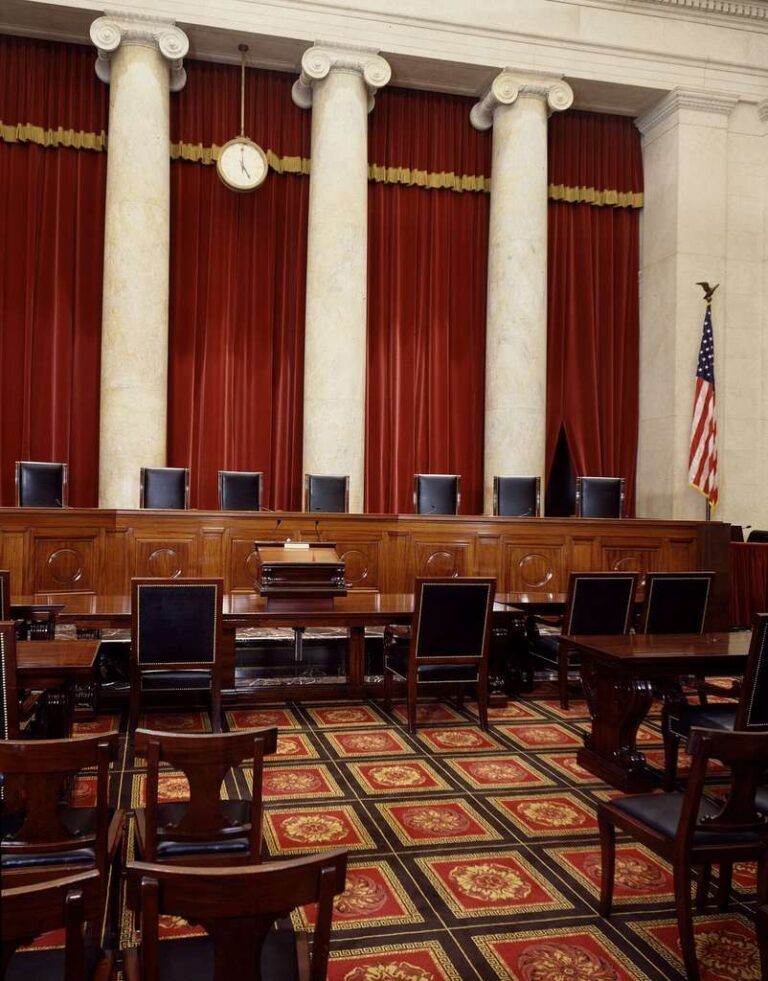
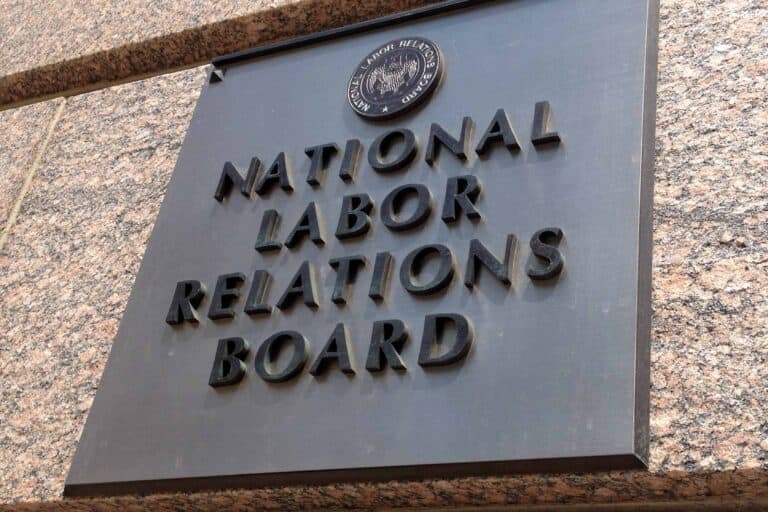
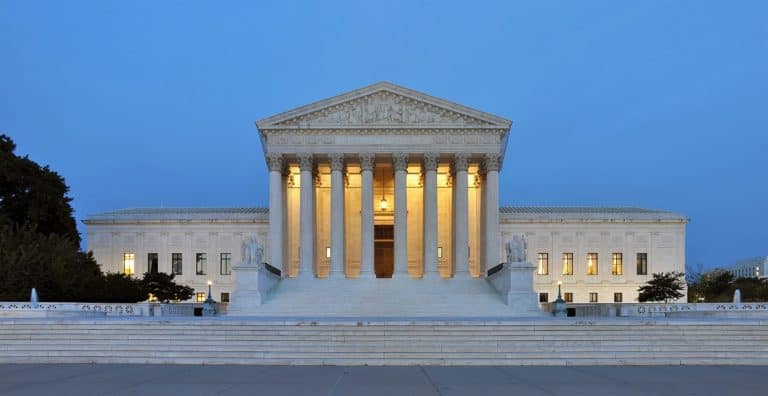


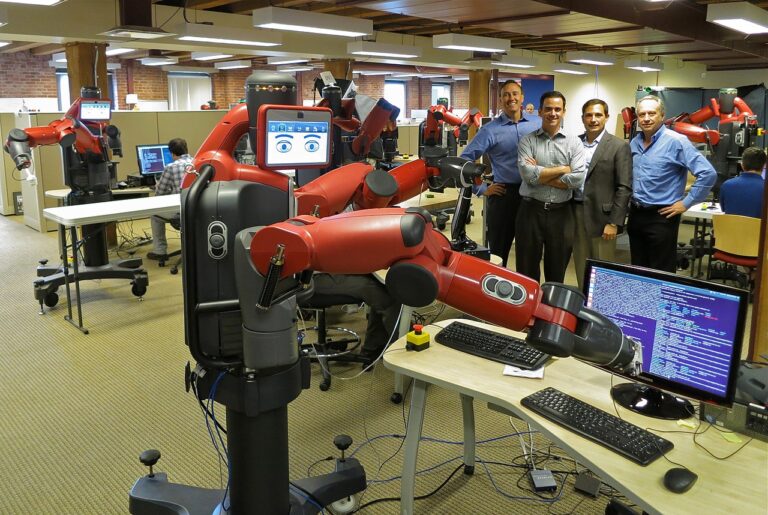
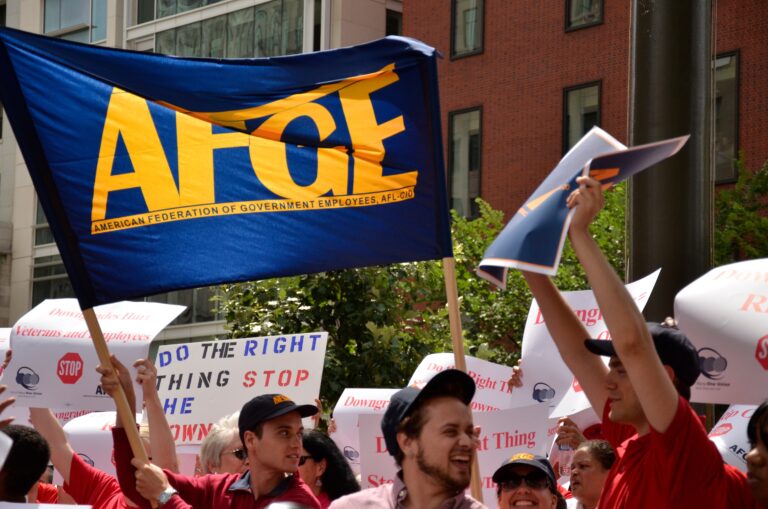
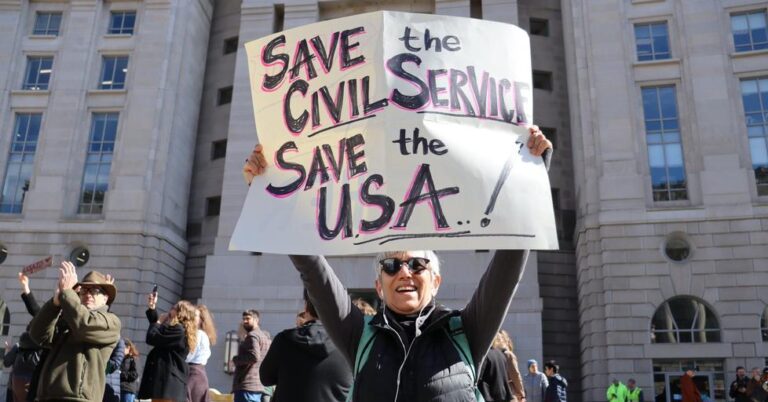
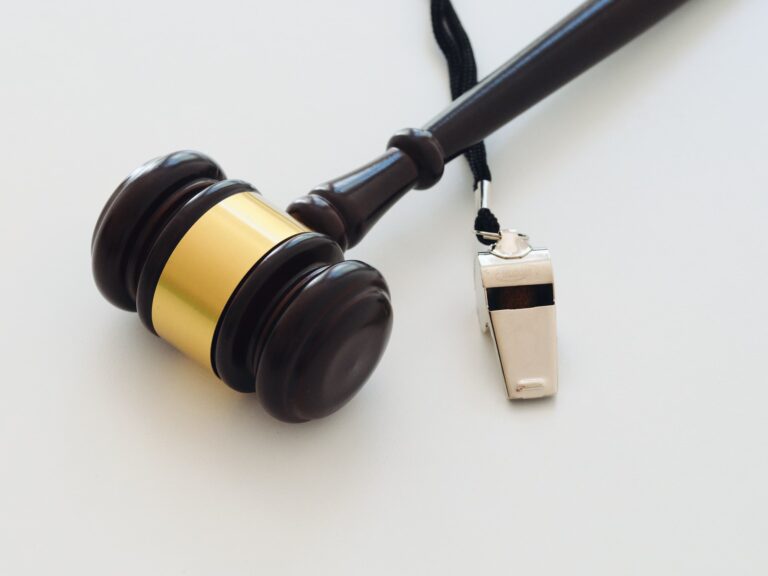
Daily News & Commentary
Start your day with our roundup of the latest labor developments. See all
December 8
Private payrolls fall; NYC Council overrides mayoral veto on pay data; workers sue Starbucks.
December 7
Philadelphia transit workers indicate that a strike is imminent; a federal judge temporarily blocks State Department layoffs; and Virginia lawmakers consider legislation to repeal the state’s “right to work” law.
December 5
Netflix set to acquire Warner Bros., Gen Z men are the most pro-union generation in history, and lawmakers introduce the “No Robot Bosses Act.”
December 4
Unionized journalists win arbitration concerning AI, Starbucks challenges two NLRB rulings in the Fifth Circuit, and Philadelphia transit workers resume contract negotiations.
December 3
The Trump administration seeks to appeal a federal judge’s order that protects the CBAs of employees within the federal workforce; the U.S. Department of Labor launches an initiative to investigate violations of the H-1B visa program; and a union files a petition to form a bargaining unit for employees at the Met.
December 2
Fourth Circuit rejects broad reading of NLRA’s managerial exception; OPM cancels reduced tuition program for federal employees; Starbucks will pay $39 million for violating New York City’s Fair Workweek law; Mamdani and Sanders join striking baristas outside a Brooklyn Starbucks.